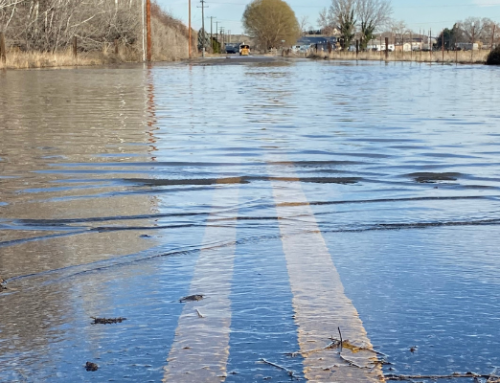The Met Office has warned of serious flash floods and heavy thunderstorms expected over the next few days. Flash floods can be very dangerous and destructive, not only because of the force of the water, but also the hurtling debris that is often swept up in the flow.
Sadly these weather events are no longer exceptional weather events. During a flash flood water has nowhere to go and overwhelms drainage causing flooding and serious damage to properties and businesses.
With the recent heatwave we are experiencing, the problem is exacerbated, where the very dry ground becomes incredibly compacted and rainfall struggles to soak into the ground and instead sits on top resulting in a flash flood.
Below are some helpful phone numbers, guidance for indoor and outdoor precautions, and some do’s and do not’s should severe storms cause flash floods:
Helpful Numbers
- The Environment Agency flood telephone helpline should be the first port of call for the most up-to-date advice for your area. Their number is 0845 988 1188.
- You can also sign up for Floodline Warnings Direct by calling 0845 988 1188 for Typetalk or online here.
- If you need to make a claim please find more information and guidance on how do so here.
If property is at risk of flooding and flood damage, below are some tips to help keep you safe and reduce loss to property and possessions:
Indoors
- Turn off electricity, gas and mains water supplies.
- Move as many possessions as possible upstairs or into the loft. Smaller items should be removed from the property for safekeeping.
- Ensure that furniture that cannot be moved is tied down to prevent it from floating and damaging other belongings.
- Disconnect appliances connected by rigid pipes to the mains supply. This prevents the pipes from snapping if the appliances float off.
- Block sinks and baths with a weighed down plug as plugs can let in floodwater.
Outdoors
- Your local authority may provide flood boards or sand bags. They can be used to cover the building’s vents, doors, lower windows and air bricks to reduce the amount of water that gets in.
- Once the flood has passed, remove all coverings to allow air to circulate as soon as possible.
- Flow valves for propane gas or oil storage tanks should also be shut off.
Do
- Prepare for flooding with a Personal Flood Plan
- Keep extension cables out of water and wear rubber boots.
- Avoid enclosed areas which may not be ventilated and where hazardous fumes may build (e.g. garages and cellars).
- Call the National Grid immediately if you smell gas or suspect a leak, their number is 0800 111 999.
- Beware of rogue traders and cold callers who may try to exploit the aftermath of flood hit areas.
Do not
- Walk through floodwater, along river banks or cross river bridges if avoidable. As much as 15cm of fast-flowing water can knock you over and banks or river bridges may collapse in extreme situations.
- Let children play in flood water or with contaminated belongings.
- Re-enter your property unless you are sure it is safe to do so.
Five ways to protect your business from flooding in the future:
- Check your flood risk – whether you’ve operated from the same location for years, or recently moved in, assess the long-term flood risk in your area and sign up for flood warnings. Zurich produces guidance on how to assess flood risk.
- Protect your property – take action to make your business more resilient to flooding. This can reduce the impact of floodwaters and help you return to business sooner. Actions range from cost-free measures such as shifting expensive equipment to higher floors and regularly backing up data to moving plug sockets higher up and investing in non-return valves, to stop sewers backing up.
- Prepare a flood plan – if your business is in a flood prone area, do what you can to prepare for a flood now. This can include drafting a flood plan, so you have crucial information to hand, such as key locations for electricity cut off, and a list of actions if a flood is imminent, such as moving stock or computer servers. Zurich has created a free Flood Emergency Response Plan.
- Write a business continuity plan – make sure you factor in climate shocks such as floods into your business continuity plan. Having a plan in place can help you prepare for the unexpected and keep your business running if disaster strikes.
- Carry out a climate risk assessment – work with experts to identify how current and future climate change could impact the operations of your business. The more you know about the risk, the better you can prepare. Zurich, for example, offers Climate Change Resilience Services to help customers assess and mitigate their climate risks.
We are here to help
If you are concerned about how this affects you and your business and would like support in assessing your needs, we are here to help. Please do get in touch for confidential advice and guidance.
This article was adapted from an article by Zurich which can be found here.





